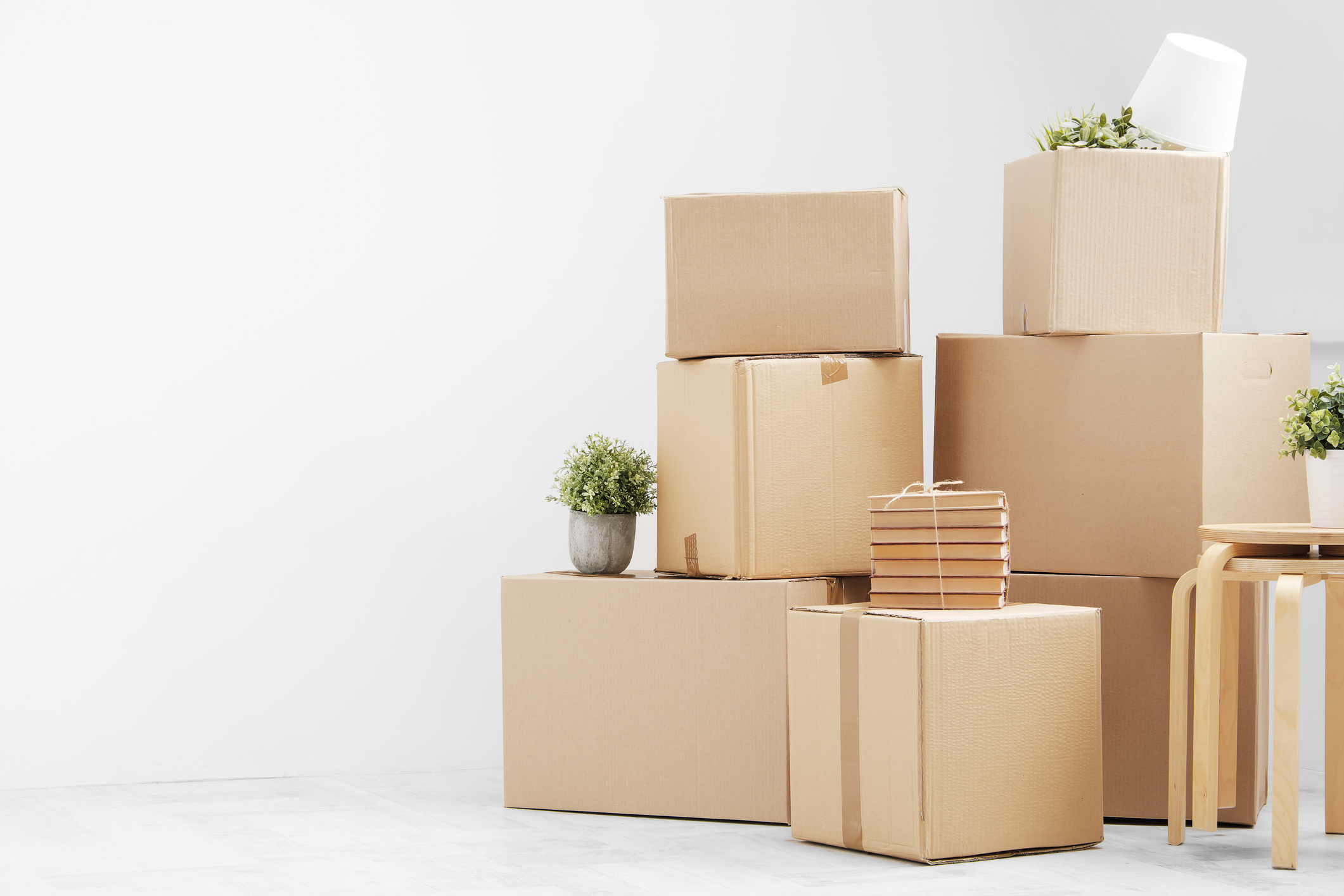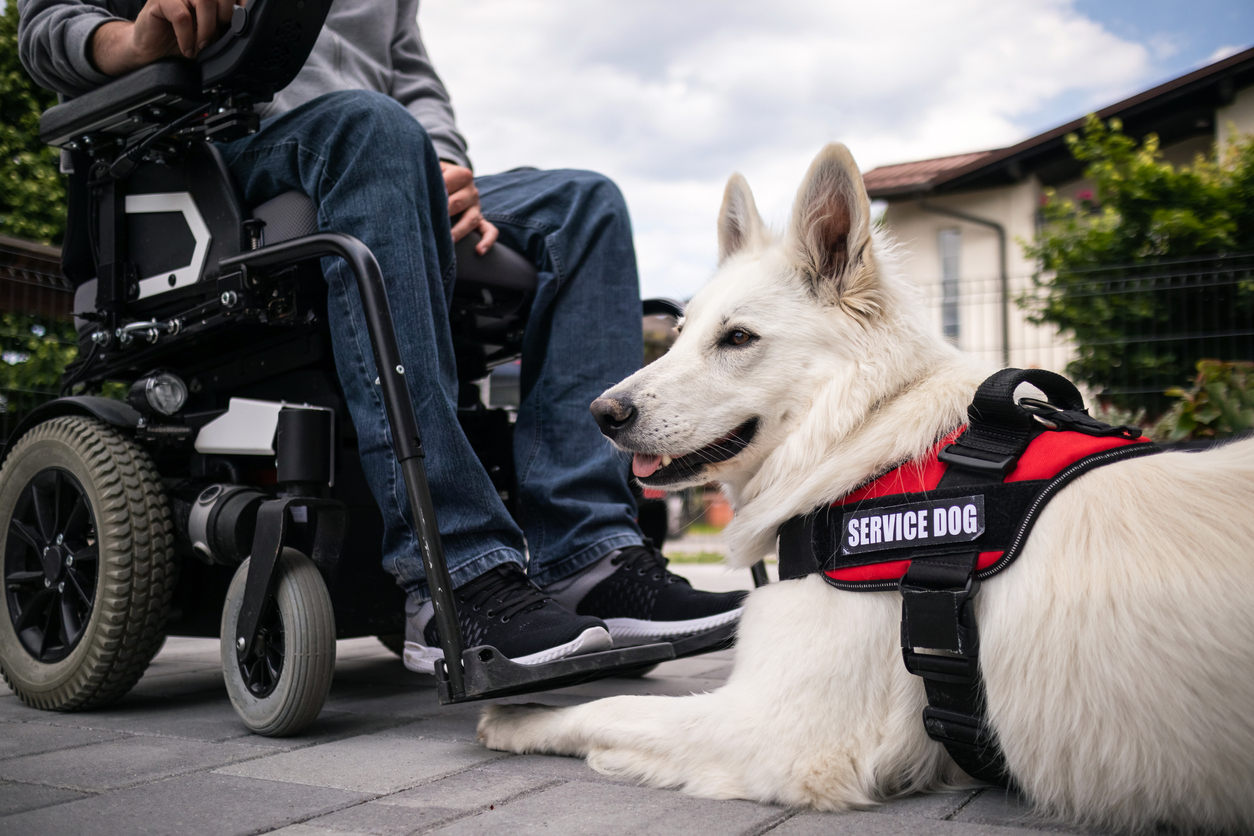Whether you’re moving just down the block, cross-country, or to a different country, relocating can be a challenging and overwhelming experience. It’s crucial to get as organized as possible to minimize stress and ensure a smooth transition.
Before you pack up the truck and hand over your keys, it’s important to get as organized as possible to ensure that your move is smooth and stress-free. Getting organized and preparing in advance will make moving day a much more pleasant experience and avoid damages to your personal things and the home you are leaving. Read on for some tips to help you organize your move so that you’re ready when the big day arrives.
Be Patient and Prepare with Time
Even if you’re excited about your big move, it’s still a stressful journey. Make sure that you use the time you have before moving day to your advantage. If you have a specific move date already locked in, you’re already ahead of the game. Use this time wisely and make the most of the fact that you can plan ahead instead of rushing from one home to another and avoid the hidden costs of moving. Here are a few ways you can prepare for your move in advance so everything goes smoothly:
- Download apps that can help make your move easier. Some examples include LetGo (for selling items you don’t want to take with you), NextDoor (so you can connect with your new neighbors), and Sortly (an organizer app that helps you sort out all of your belongings).
- Create a moving binder and use it to hold items like receipts, estimates, contact information like business cards, and more. This binder will be your go-to throughout the move, and it will make life easier when you can reference everything together in one place.
- Start a moving checklist now while you have the time. This checklist should include things like dates you need to turn off or transfer utilities, when to reserve the moving truck, and which rooms to start packing and when.
Begin decluttering for moving well ahead of time. You can host a yard sale, list items to sell online or donate furniture and other items you don’t plan to take with you to local charities.
Gather Items You’ll Need for Packing
The sooner you have everything you need to start packing, the easier moving will be. Gather all of your important tools together well ahead of moving day so that you’ll be ready to start packing up your home ASAP. Some crucial items to include for packing are a good pair of scissors, a box cutter, labels or permanent markers, quality packing tape, bubble wrap, and of course – moving boxes. You can start asking friends if they have any boxes to spare or head to your local grocery store. Many stores are happy to give people free moving boxes if you just ask. Make sure you get boxes in various sizes to accommodate large and small items alike.
Start Packing
Once you have everything you need to be gathered together, you can go ahead and start the packing process. The sooner you begin, the faster things will go on moving day. Begin packing up items that aren’t needed immediately, such as décor or winter clothing, if you’re moving during the summer. Here are a few helpful packing tips to ensure a smooth, successful move:
- Don’t pack too much in one box since oversized, full boxes are heavy and cumbersome to move. Instead, pack your items in reasonably sized boxes and limit the amount you pack in each one, so you don’t end up stuffing the boxes and making them too heavy.
- Begin packing items you don’t need or currently use as soon as possible. Some examples include artwork, collectibles, and clothing that’s out of season. The sooner you can start packing, the faster the move will go later. Keep the items you use frequently out (like medications and bedding) and save packing them for the very last day or closer to moving day.
- Disassemble furniture you’re not using now and pack the parts up. Wrap table legs in bubble wrap and secure the hardware in a plastic bag. Tape the bag to the underside of the furniture so you’ll have it ready when you arrive at your new home.
Label Everything
It’s easy to get caught up in the moment as you’re packing and forget to label your boxes. Labeling everything is crucial because if you don’t know what’s in each box, you’ll be frustrated and confused when it’s time to unpack. Look for box tags, stickers, or other labels you can affix to each box. A thick permanent marker will also do the job. Pack each box according to each room or each purpose. For example, pack pots and pans in one box and label the box accordingly. Repeat this process for every single box, making it clear what items are inside or which room the items will go in once you arrive at your destination. Use luggage to pack items you’ll need right away, such as chargers, medicine, and changes of clothing. Include your kids on the moving process it can be an adventure for them, for more tips on how to get them involve, read this interesting post on moving with kids!
Making an Inventory
Part of packing for a move should include creating an inventory of your belongings. Number all of your moving boxes and write down the items you’re storing inside each one on a separate piece of paper. This is an easy and effective way to access everything you need once you finally move. When you label and inventory everything in advance, you’ll be able to grab what you need immediately without having to rifle through each individual box.
Packing Fragile Items
Whether it’s your grandmother’s antique vase or a framed work of art, it’s important to pack your fragile items carefully. Wrap larger items with moving blankets to protect them from scratches, dings, and dents. Use lots of bubble wrap around glass, ceramics, and other breakable items. Secure the bubble wrap with packing tape, then place the fragile items inside a cardboard box. Wrap your mattress and box spring with a thick plastic cover to protect it from bedbugs, dirt, and damage.
Take Some Luggage for the First Few Days
Once you have everything packed up in boxes, you might not be able to access certain items easily. To avoid having to dig through your stuff, use luggage to pack up important items that you’ll need for the first few days of your move. The luggage should contain items you will need immediately, like:
- Prescription medications for yourself, pets, or family members
- Several changes of clothing (enough to last a few days)
- A few towels and washcloths
- Cosmetics and toiletries
- Pet food, water bowl, and other pet items that will be needed right away
- Your moving checklist and binder
- Smartphone charger and other device chargers
- Cash
- A few snacks if you’re traveling for your move
If you are on Medicare, be sure and update your address with them as well.
Recycle Your Used Boxes
Once you’re settled in and unpacked, don’t just throw your moving boxes in the trash. There are lots of ways you can recycle those used boxes including giving some to a friend or donating them to local organizations that could use them. Some examples of places you can donate your used boxes include Goodwill, local churches, homeless shelters, and libraries. Contact a few different associations near you and ask if they’re in need of boxes so you can recycle them in a helpful way.
Take Care of Your Utilities and Insurance
One of the most important steps to organizing your move is to have all of your utilities and insurance set up ahead of time. If you’re moving to a place where the utility companies are the same, contact them and give them a date for transferring your service from one address to the next. Make a list of the utilities you’ll need to have turned on including gas, water, Internet service, and power. If you need to be present for these utilities to be activated, schedule the appointments in advance so you’re available and prepared when the technician arrives. It’s best to try and turn on all utilities the day before you actually move in, so everything is ready and working when you arrive. You’ll also need to call and turn off the utilities at your old place. This step is important since you don’t want to end up with a bill for utilities you aren’t using any longer! Ask your local moving company if they have any other list that they can share, so you avoid any upsetting surprises.
Don’t forget to have all of your insurance set up ahead of time, too. It’s best to have all of your paperwork and insurance coverage in order well ahead of time so that you don’t get into any trouble during your move or run into any issues. If you’re a homeowner, have your insurance company transfer your policy to the new address. If you’re renting, get several quotes for renter’s insurance and start your coverage date on the day your belongings will arrive, so they’re covered in the event of an emergency.
With a few easy organization tips, you can be ready and prepared for moving day. Always pack items you don’t need immediately as far in advance as possible, and label each moving box accordingly. You can also apply these notes when moving out of your office. Declutter your home before you move to make the process lighter and stress-free. With the right planning, you can ensure that this major life event goes as smoothly as possible.




